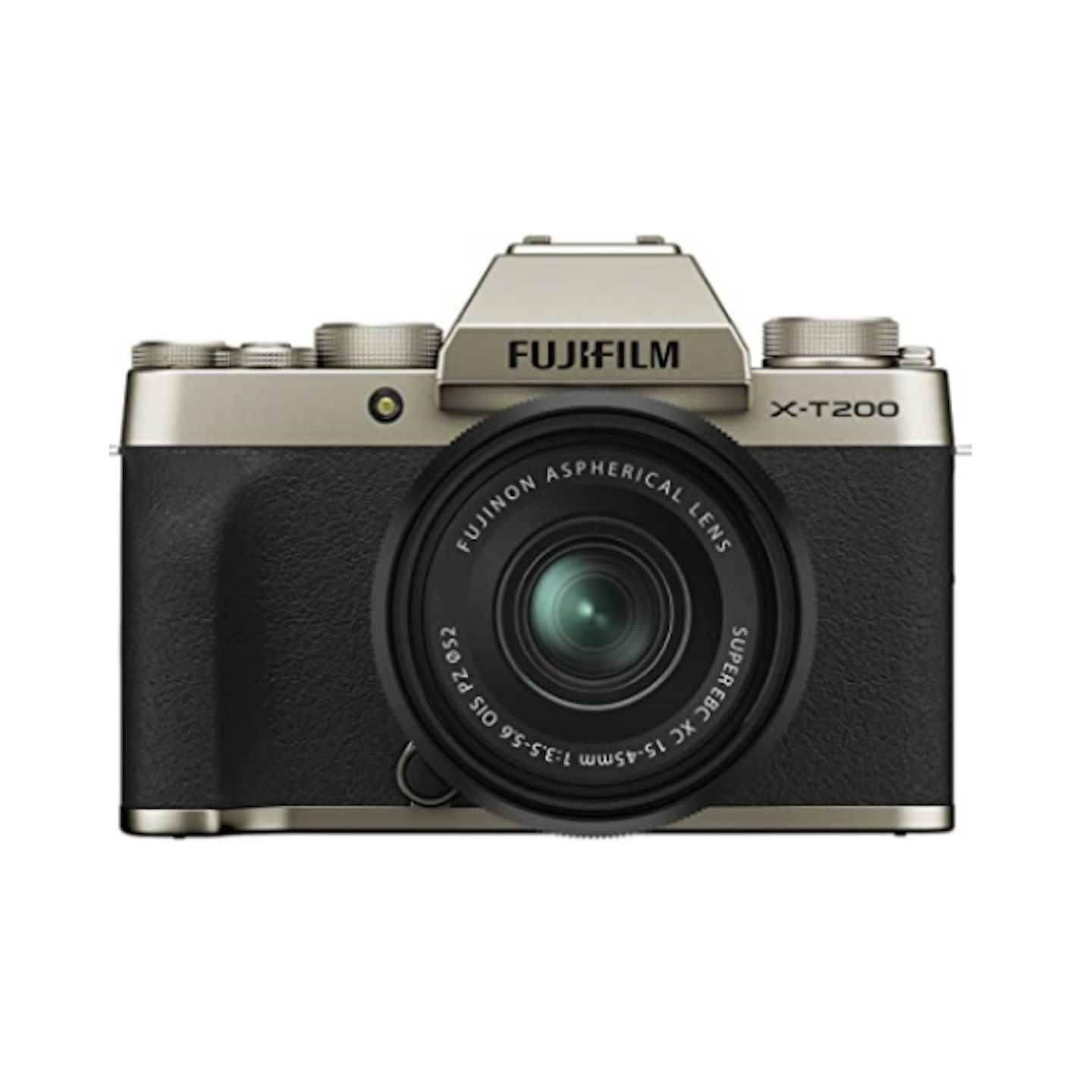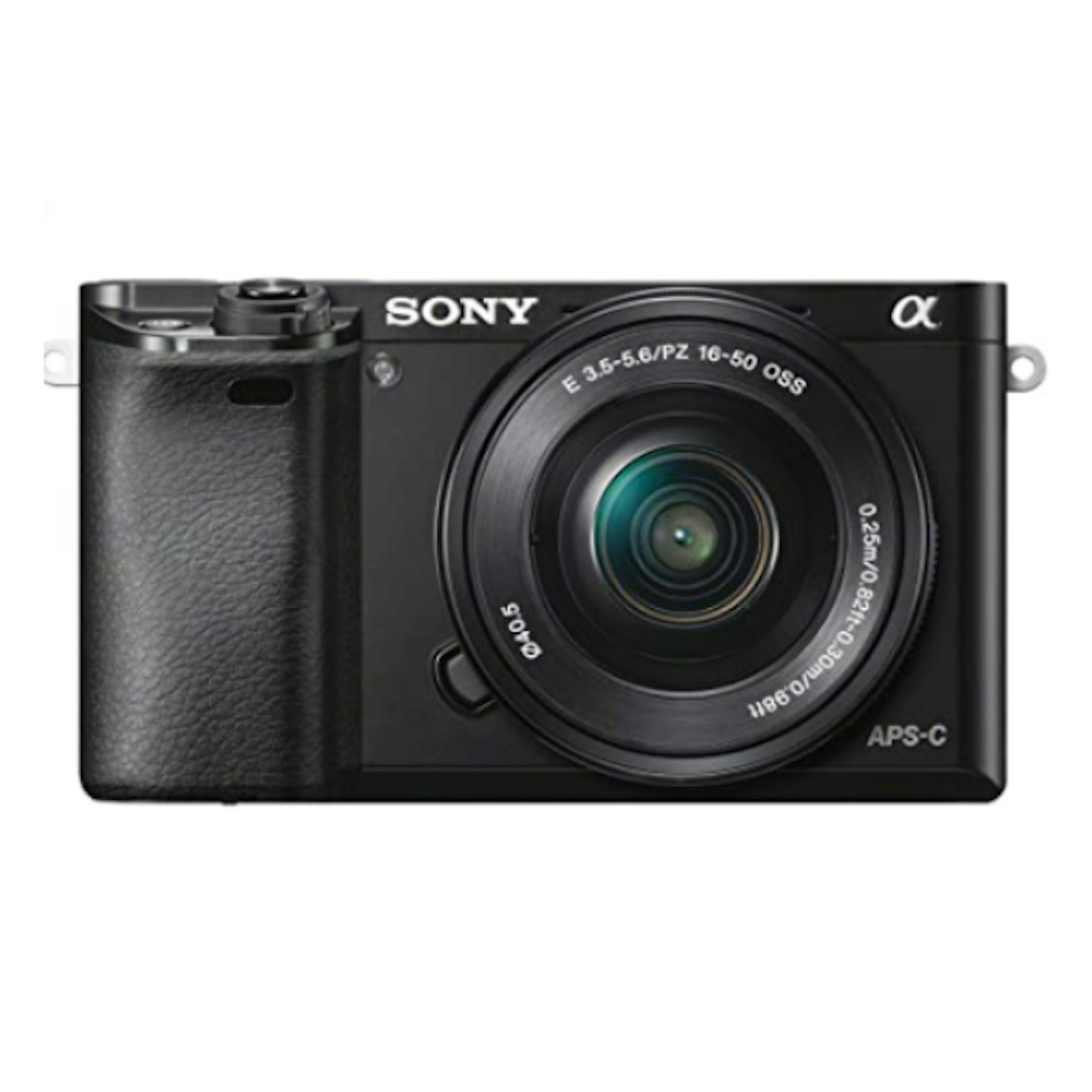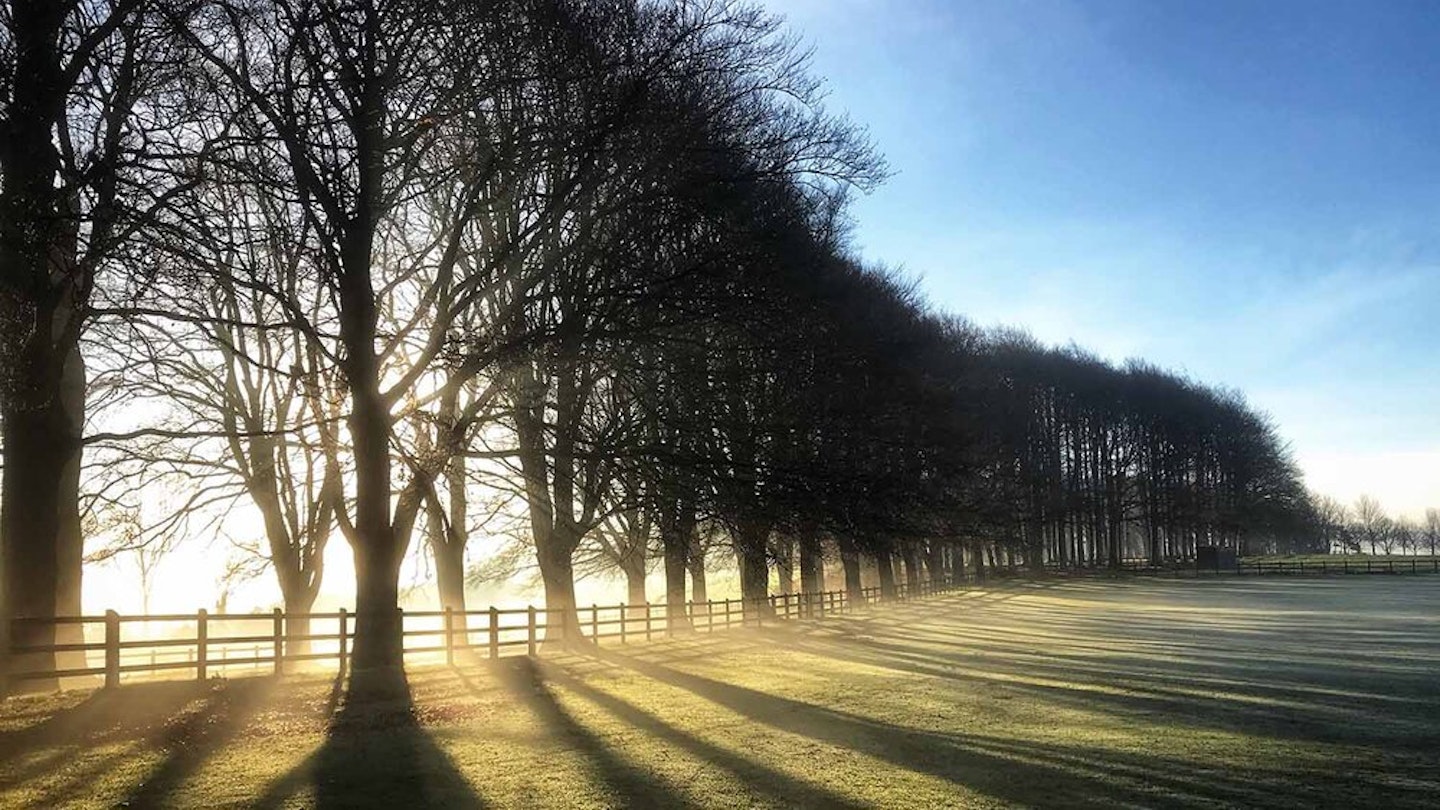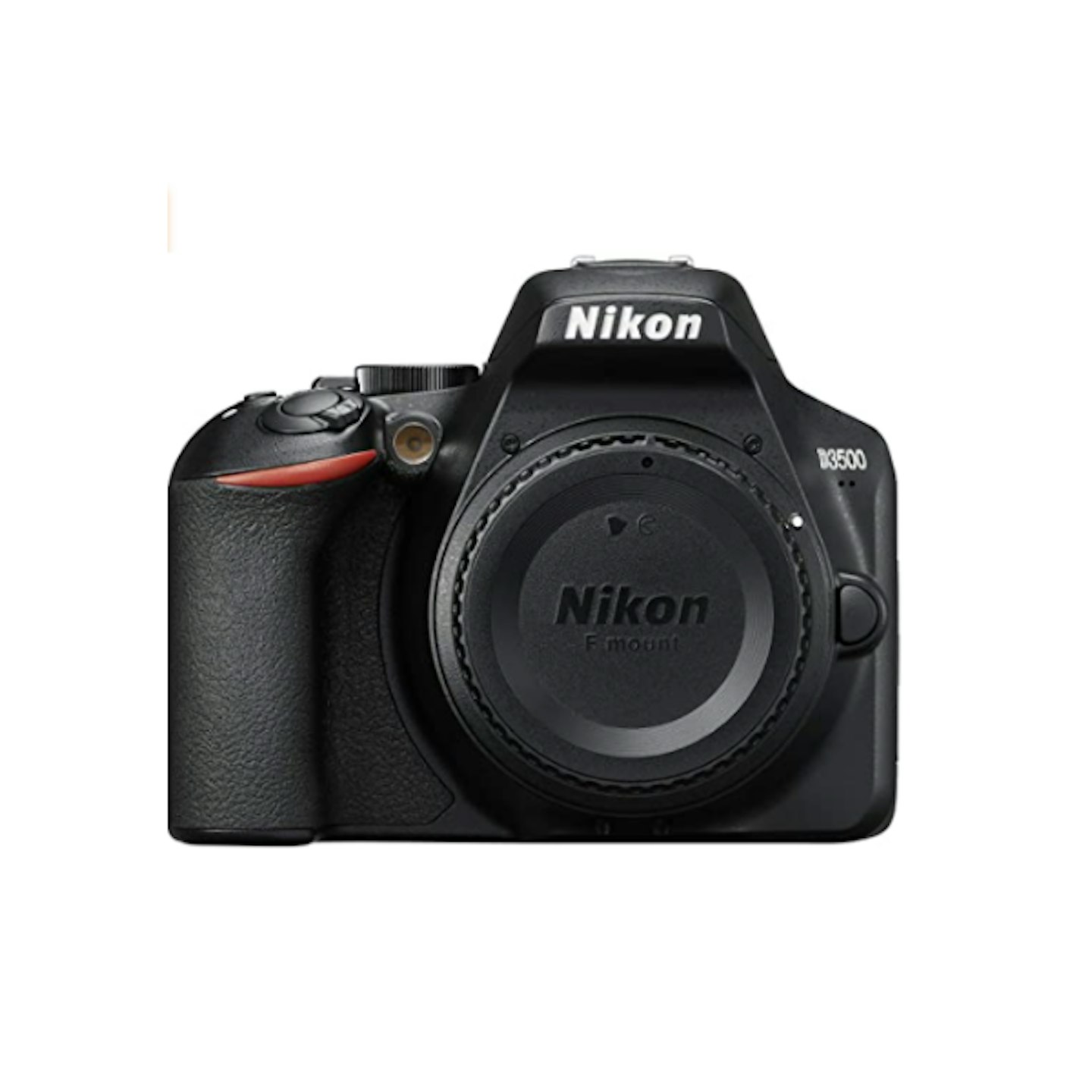Just starting out with photography? Not sure which of the best cameras to invest in? With so much innovative tech available in cameras these days, it can be difficult to decide which one to choose – especially if you’re new to the hobby. It’s important to remember that you don’t have to spend thousands of pounds on a new camera in order to get the perfect landscape shots.
It seems as though every full-frame camera we test now boasts a near 15-stops of dynamic range that allows them to capture a stunning amount of detail in the highlights and shadows at the same time. As you can imagine, this boast makes these expensive bodies a prime choice for adventurous landscape shooters who are aiming to shoot striking sunsets or dynamic mountain scenes.
We’re happy to report that you don’t have to go full-frame to get such a claim. In fact, these budget-friendly cameras all pack a great dynamic range in their own right, and can easily stand on their own merit. Furthermore, when paired with recent advancements in editing software, and techniques such as exposure bracketing, a world-class image relies on much more than a large dynamic range.
While these cameras still offer some pretty impressive range, they also remember to pack in the essentials that every great photograph starts with.
Aside from being an all-around excellent camera, it's also ideal for beginners or entry-level photographers. Simple. According to sensor testing expert DxO, the 24.2MP boasts a dynamic range of 10 stops. This is ideal for landscapes where you’ll often be shooting dramatically lit skies and scenes bursting with shadows and highlights to juggle.
Surprisingly, mega-dynamic range aside, the D3500 also boasts an air of simplicity that makes it the ideal pick-up-and-play DSLR for any beginners. It also comes with an ISO range of 100-25,600, making it more than capable of capturing solid images in low-light situations. While the kit lens will be more than enough for many, Nikon is renowned for its excellent range of optics, giving you a broad choice of both APS-C DX designed lenses, and exceptional but pricey full-frame FX lenses from a range of manufacturers – perfect to give you a leg up as you progress through the skill levels.
| Weight: | 362g |
| WxHxD: | 124x99x71mm |
| Battery: | 1500 shots |
| Card type: | SD/SDXC/SDHC |
| Touchscreen: | No |
| AF: | 11-point phase detect |

www.wexphotovideo.com
The X-T200 from Fujifilm is an excellent landscape camera. It's also extremely compact and lightweight, making it ultra-portable. With its 24.2MP APS-C sensor, it boasts an impressive dynamic range of 13.4 stops, meaning it is able to capture a great amount of tonal data in a scene. It has a 3.5 in 1040k-dot vari-angle touchscreen, which flips out to 180° and allows for some seriously creative framing.
The optical viewfinder will appeal to traditionalists, and it boasts a 425-point hybrid AF system.
It also offers an incredible ISO range of 100-51200, making it more than capable when capturing the last dying embers at sunset. You can take advantage of the Wi-Fi to set up your smart device as a remote trigger – perfect for long exposures.
| Weight: | 370g |
| WxHxD: | 121x55x84mm |
| Battery: | 650 shots |
| Card type: | SD/SDXC/SDHC |
| Touchscreen: | Yes |
| AF: | 9/49-point phase detect |

The Sony A6000 is a great landscape camera for both beginners and photography experts alike. Not only does it feature the trademark great dynamic range of Sony’s in-house sensors, 13.7 stops, but it’s also light and compact for those long hikes to stunning scenes. The 24.3MP APS-C sensor can create beautiful images, and the ISO range of 100-25,600 makes short work of low light.
Those who brave even the harshest of weather in the pursuit of a great shot will appreciate the dust and moisture-resistant sealing, as well as the magnesium alloy-reinforced body. It comes with a 425-point phase-detection AF system, as well as an AF in Focus Magnifier feature, so you can make sure you’ve nailed your focus point before pressing the shutter. It also features AF Peaking, taking advantage of Live View to ensure your manual focusing has captured as much of the scene as possible.
It may be a touch pricey once you factor in lenses, and it’s not the latest tech, but there’s no denying this little fella packs a lot of bang for your buck.
| Weight: | 285g |
| WxHxD: | 120x65x45mm |
| Battery: | 350 shots |
| Card type: | SD/SDXC/SDHC |
| Touchscreen: | No |
| AF: | 425-point phase detect |
HOW WE TESTED THE CAMERAS:
IMAGE QUALITY
Despite featuring three different sensor sizes, we ensured that each camera was capable of capturing great shots in their given genres, including dealing with higher ISO, and producing pleasing colours.
FUNCTIONALITY AND USE
We divided our camera recommendations into separate categories, and based our rankings on each camera’s genre-specific abilities. So, for portraits the Eye AF was a major bonus, while dynamic range helped in landscape shooting, and speed in action photography.
Subscribe to the What’s The Best Newsletter to keep up to date with more of the latest reviews and recommendations from the What’s The Best team.


